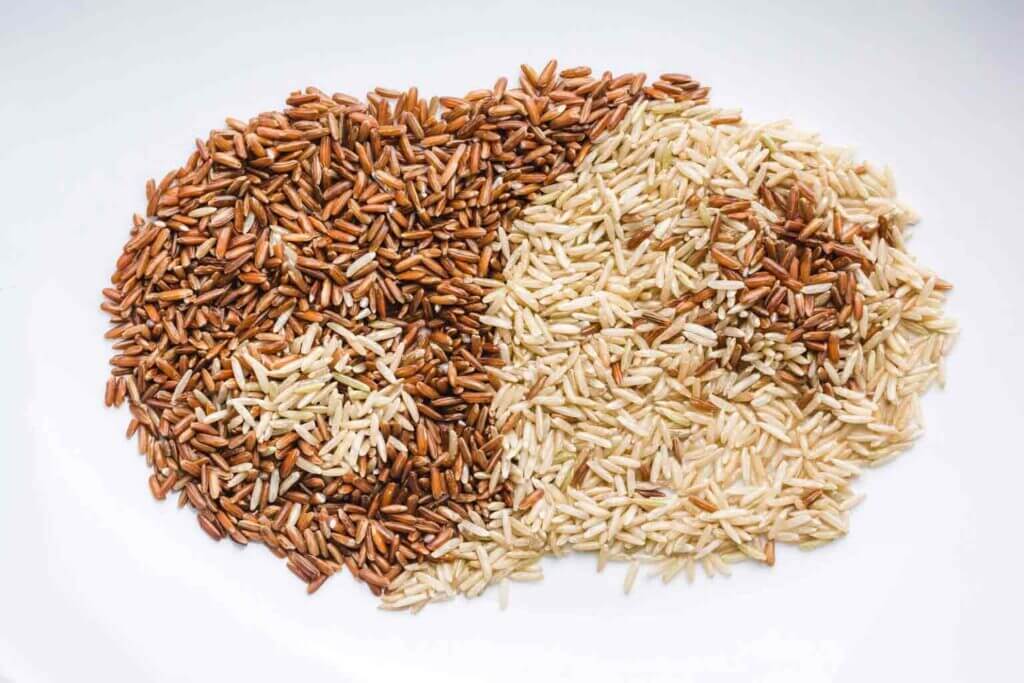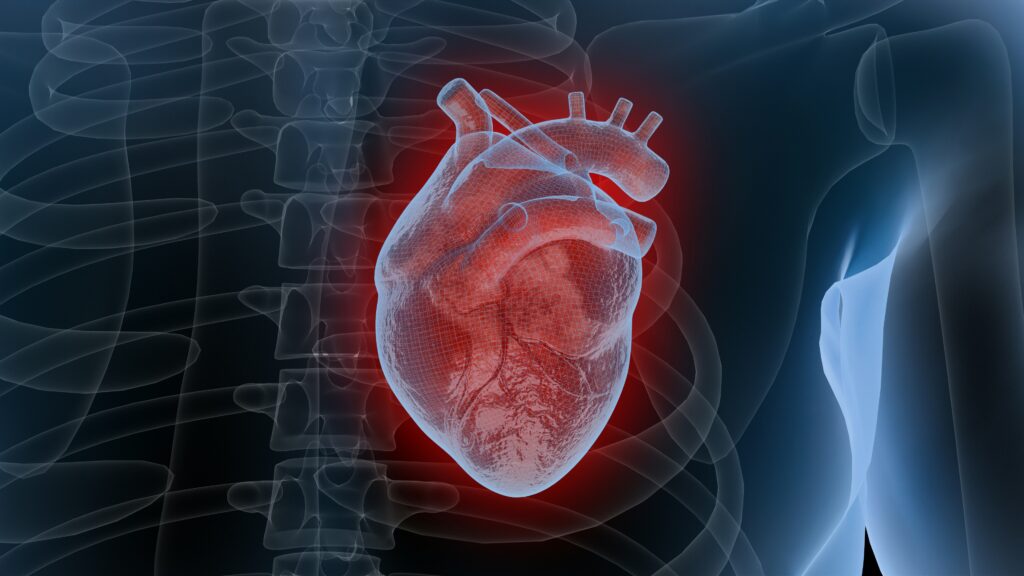
The hype about dietary fiber. What you need to know.
There is strong evidence that eating food that is high in fiber (commonly referred to as roughage) is associated with a lower risk of heart disease, stroke, type 2 diabetes, and bowel cancer.
The fiber found in foods (dietary fiber) is a form of carbohydrate that cannot be digested or broken down into sugars. The fiber in foods can either be water-soluble or insoluble. Examples of water-soluble fiber are pectins, beta-glucans, resistant starches, and gums. Examples of insoluble fiber are cellulose, hemicellulose, and lignin.
Water-soluble fiber has benefits in reducing blood lipid levels (total cholesterol and LDL-C). It also reduces insulin resistance. Insoluble fiber aids digestion and encourages bowel movement.
Fiber is found in foods such as fruits and vegetables, whole grains, seeds, and nuts.
There are two main types of fiber found in foods. These are soluble and insoluble fibers.
Choosing foods with a high fiber content also makes us feel fuller. This is very helpful for losing or managing weight.
The recommended daily allowances (RDAs) for total fiber for people aged 19-50 years is 38 grams/day for men and 25gram/day for women. Very few people eat up to this amount.
Want to increase your fiber intake, follow these tips
- Eat whole grains or whole-grain cereals
- Avoid sieving blended grains
- Avoid sieving fruits juices
- Avoid processed foods like white bread, white rice, quick oats, pasta, noodles, pap, etc
- Incorporate lots of vegetables in every meal. Aim to eat up to 5-6 servings of fruits and/or vegetables every day.
- Finally, check on nutritional labels for the amount of dietary fiber contained in pre-packed meals.



